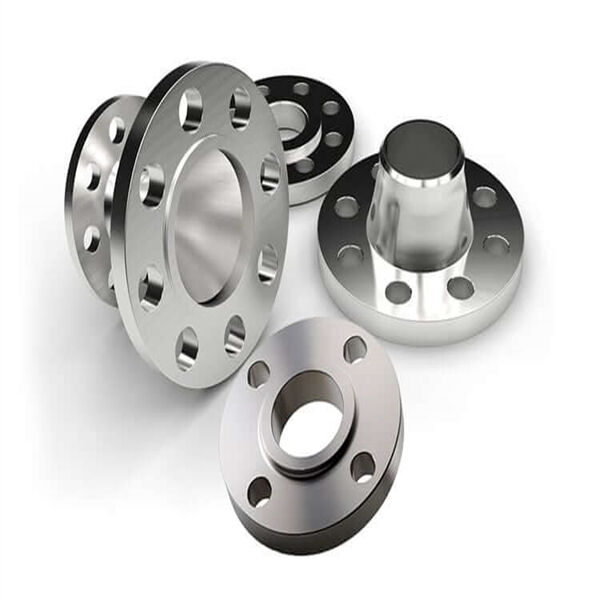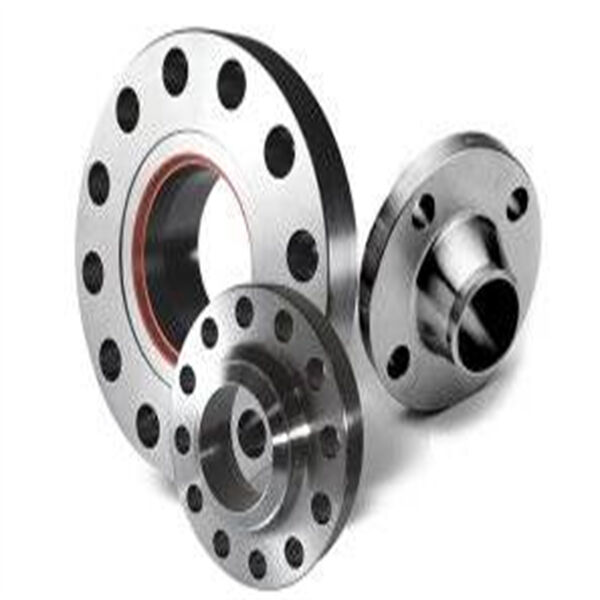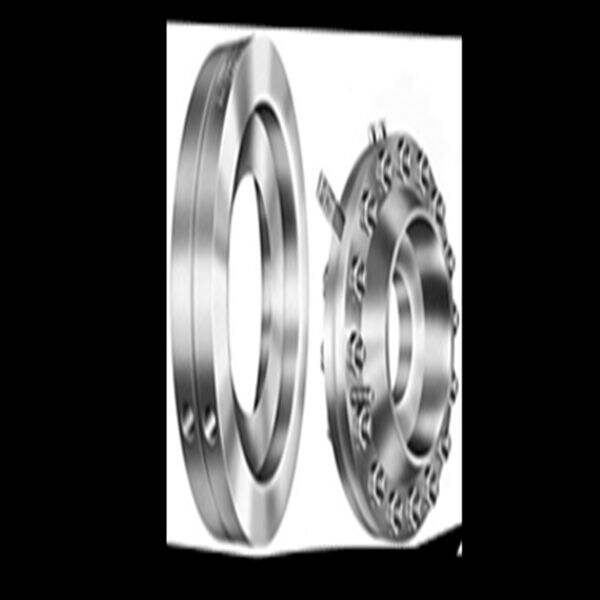Flat face weld neck flanges are a dimensional specification of flanges type with some attributions. They are used to join pipes together in a secure way. Understanding the function of these flanges and how to maintain them are critical to ensuring systems run well.
Another type of flange is the flat face weld neck flange. They have a flat face and a long neck that’s welded to a pole. The flat face helps make a tight seal between two pipes, so that nothing leaks. Then connection is stronger and safer with long neck.
The following are the advantages of a flat face weld neck flange. They are durable and have a long service life making them excellent for high pressure piping systems. They seal well to help prevent leaks. Additionally, their flat face design makes it more convenient to get the pipes aligned while installing.

The importance of proper installation of flat face weld neck flanges Care must be taken and the correct tools used for the installation of these flanges as per the manufacturer's instructions. Regular maintenance is also essential to helping ensure that all these last longer. Inspect them frequently for signs of damage. Promptly addressing issues can save money on costly repairs later.

Selecting the material for flat face weld neck flanges is a key factor in their performance and longevity. Flanges can be made from stainless steel, carbon steel, and alloy steel. The different materials each have their own strengths and weaknesses. Things like temperature, pressure, and rust resistance must all be considered if choosing a material for any one application.

Flat face weld neck flanges may be strong, but they suffer from long-term problems. More prevalent problems are leaks, cracks and rust. Good flanges can help rectify these issues, so be sure to carefully monitor the condition of the flanges. Addressing any problems immediately can limit damage and ensure that the piping system continues to function properly.


Copyright © TOBO GROUP All Rights Reserved - Privacy Policy